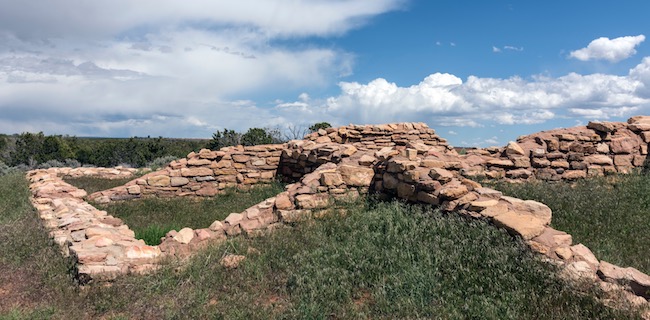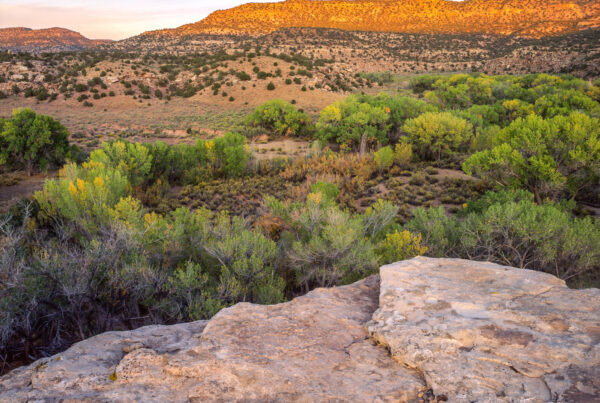We’re in uncharted waters.
A presidential administration just launched an overarching attack on more than 11 million acres of previously protected landscapes. The Trump administration’s new initiative to overturn national monuments designated over the past 20 years is unlike anything in American history. Never has a president launched such an overarching attack on the bedrock underpinnings of American conservation.
Never. Literally.
Let that sink in. In the 150 years since America first set aside national parks, no president has ever challenged America’s consensus around landscape conservation. Until now.
The Trump administration, under the guidance of Interior Secretary Ryan Zinke, initiated review of national monuments designated over the last three presidential administrations. The review puts 22 areas across the American West on the chopping block, including our own beloved Canyons of the Ancients.
Trump and Zinke have taken up the banner of a few western politicians who chafe under the protections afforded by the Antiquities Act, enacted in 1906 under President Teddy Roosevelt. The Antiquities Act carries special meaning to those of us in the Four Corners, because it was here that the act was birthed in reaction to careless exploitation and desecration of irreplaceable cultural resources. The Antiquities Act was part of a two-pronged push to protect cliff dwellings at Mesa Verde, either by presidential authority or national park designation.
Canyons of the Ancients National Monument sits directly in Zinke’s bulls eye. The monument was set aside in 2000 at the urging of Interior Secretary Bruce Babbitt. Previously, national monuments were designated to protect solitary structures, like those at Hovenweep, with a few dozen acres surrounding each. But Canyons of Ancients recognized the inter-related nature of many clusters of human development that told the story of human migration in and out of our region over hundreds of years across thousands of acres. The designation expanded the archaeological story beyond just looking at a single pueblo to the study of the interconnections among those many habitations.
Canyons of the Ancients incorporates a complex overlay of conservation and multiple-use management. The designation elevated protection for cultural sites, enhanced recreation such as hiking and biking at Sand Canyon, limited destructive off-road motorized travel and precluded expanded energy development.
Though some might have preferred ironclad prohibitions on all forms of development, the monument designation allowed traditional uses including livestock grazing and even oil and gas extraction to continue. The monument has not prevented energy giant Kinder-Morgan from pumping from wells on already disturbed lands more than 1 billion cubic feet per day of CO2 used for tertiary oil recovery.
Significant cultural and scientific resources protected, tourism enhanced and visitor spending increased, prior traditional resources uses accommodated – what’s not to like about Canyons of the Ancients?
It’s clear Zinke’s review is driven by ideology, and the frustration some feel toward recognizing new stakeholders – recreational visitors, ecologists and Native Americans. This is not a dispute about whether the Antiquities Act can be applied to a larger landscape that tells a more robust story of our cultural heritage than would just a single, crumbling wall with a fence around it. It’s about who controls the future of the American West, and whether the Lords of Yesterday, to use a phrase coined by western scholar Charles Wilkinson, continue to call the shots.
Time to hitch up our pants, roll up our sleeves and get back to the hard work of defending our cultural and natural heritage. Zinke and Trump have allotted 45 days to determine the fate of these national monuments (only 15 days for Bears Ears). Make your voice heard.
This content first published in The Durango Herald’s Thinking Green Column here.





